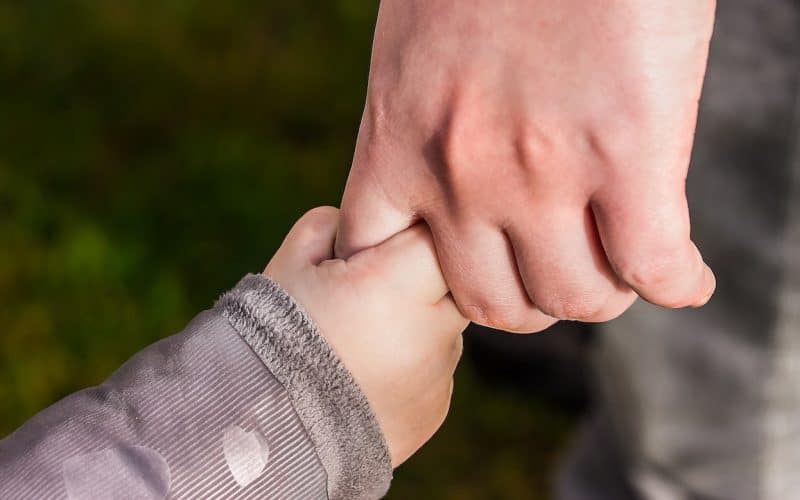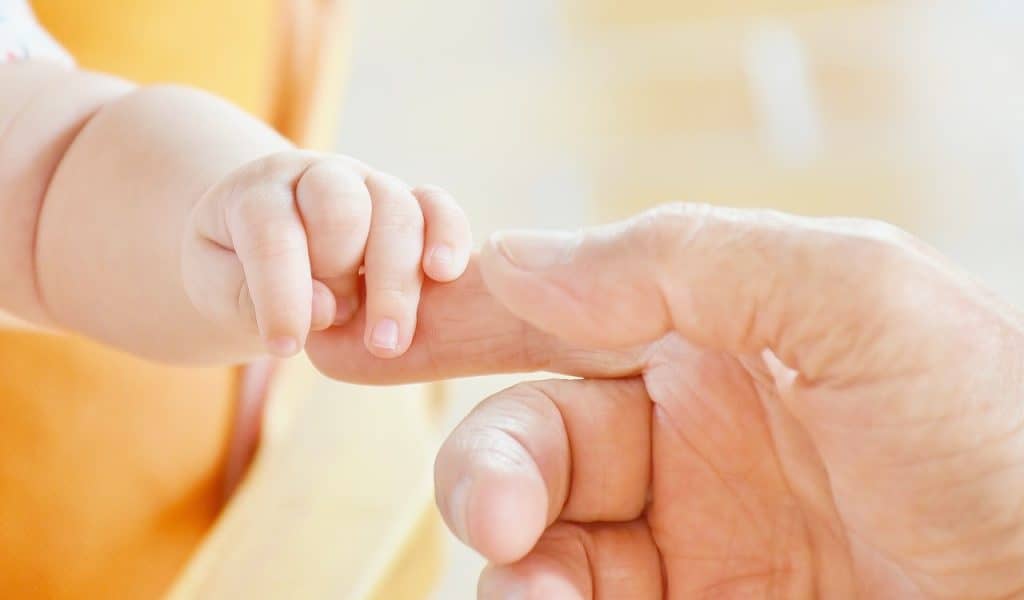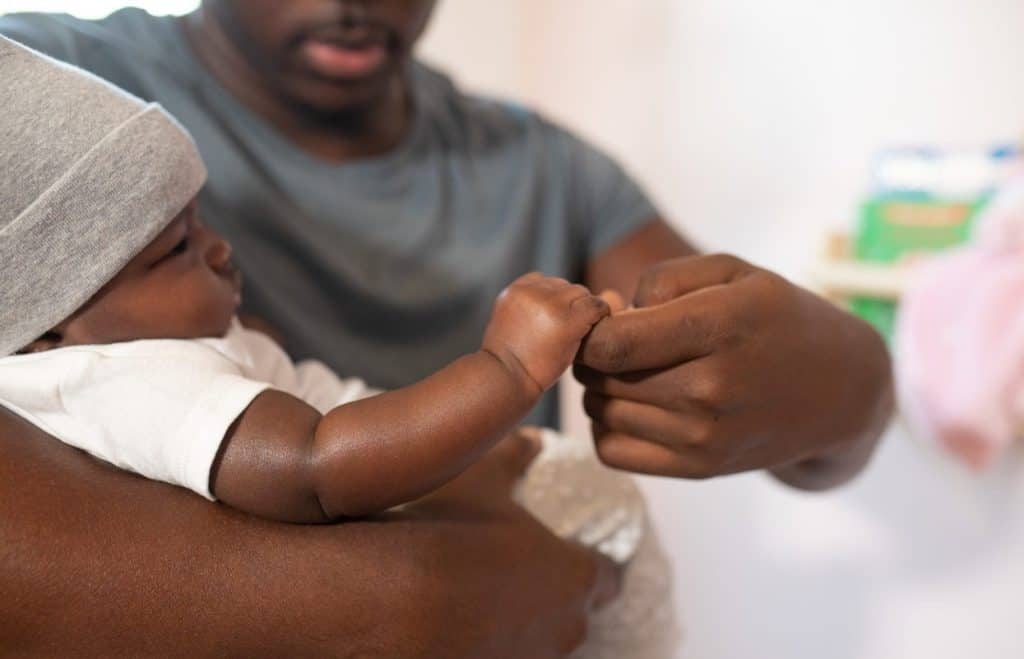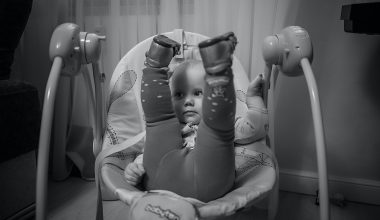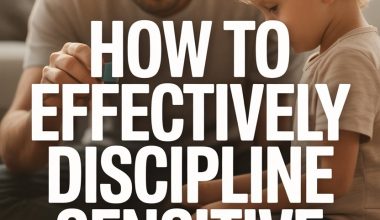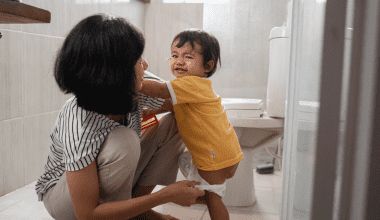The first year of life is the greatest period of growth and development in a baby’s life post-birth. As their senses develop, they become aware of their surroundings and discover what they can do with their bodies.
Hands are extraordinarily complex organs and it is completely normal and developmentally appropriate to see a baby opening and closing them repeatedly. They are at the stage where they have discovered their hands and are curious and eager to see what they are capable of doing with them.
Once your baby is capable of the repeated hand opening and closing action, they will quickly develop new skills and hit their motor milestones. You will soon see them reaching for and grasping objects, and using their hands to perform gestures.
Why Do Babies Open and Close Their Hands Repeatedly?
As babies become curious about their surroundings, they discover their different body parts and what they are capable of doing with them. The upper and lower extremities are easily visible and are thus quickly discovered and learned about.
Chances are, your baby is opening and closing their hands repeatedly simply because they can do so.
They may observe that performing the action elicits positive reactions from the adults around them, or they may simply find that opening and closing their hands repeatedly is a fun thing they can do without any negative consequences.
While the action may seem odd to us, babies opening and closing their hands is a developmentally appropriate action that helps them reach other milestones, such as the palmar, rake, and pincer grasps. It also helps them develop the coordination needed to transfer objects from one hand to the other.
How Do Babies Learn to Open and Close Their Hands Repeatedly?
Babies are born with a series of involuntary primitive reflexes which aid in the development of the nervous system. These are precursory skills that lead to them being able to perform voluntary movements that require muscle strength and control.
When an object or a finger is placed in a young baby’s palm, they reflexively close their fists tightly around the object. This phenomenon is known as the palmar grasp reflex. It allows the muscles of the hand and forearm to develop strength and coordination.
The opening and closing of hands follows the same pattern of motion as a palmar grasp reflex. Unlike the palmar grasp however, the opening and closing of hands repeatedly is a volitional action that your baby can control.
Primitive reflexes are integrated into the nervous system between 6 and 8 months of age. After integrating, these reflexes will become inactive and can no longer be elicited by stimuli. The palmar grasp reflex is one of the earlier integrating primitive reflexes, disappearing at around 4 and 6 months.
Other Common Hand Actions Babies May Do
While learning their limbs, babies may do all sorts of things with their hands that may seem odd or even alarming to their parents. Most of the time however, the things babies do with their hands are normal and are even good for their fine motor development.
Reaching and Pointing
Before they can actually pick things up, babies will stretch their arms out and reach towards things that want and cannot reach. They may also reach towards people they want something from.
Reaching, along with pointing and showing, form the class of gestures known as deictic gestures. These gestures are essential to prelinguistic communication and are used as a means of expression before meaningful words are spoken.
For example, your baby may reach towards you while opening and closing their hands repeatedly to ask to be picked up. They may also reach to touch upwards to touch your face and hair while you feed them.
Later, babies may combine deictic gestures with single words, in a “gesture + noun” pattern as they learn to talk. For example, your baby may say “mama” while reaching upwards to be picked up or they may ask for a toy by saying “give” while pointing to the toy of interest.
Hand Flapping
Hand flapping occurs when your child moves their arms rapidly and repeatedly up and down at the elbows or flaps their hands at the wrists.
Even though and flapping is commonly associated with autism and is viewed as a self-stimulatory or stimming behavior, all babies and toddlers can flap their hands to express a heightened emotional state or simply to let excess energy out.
Hand flapping is usually not a concern until 3 years of age or unless the behavior interferes with daily activities, interrupts play, or becomes hurts the child and/or others around them.
Dropping Objects
Picking up and letting go are 2 completely different skills that babies need to learn separately. When they discover that they can also drop things in addition to picking them up, they will want to perform repeat experiments involving the action.
Around this time, babies are also discovering object permanence. When an object dropped outside of their visual field comes returns to them, they begin to learn that an object does not cease to exist simply because they cannot see it.
Babies are also learning that using various levels of pressure to hold things gives them different results. Squeezing a cookie too tightly leaves them with crumbs, while not using enough force to hold a bottle gives them spilled milk.
All of this is very interesting to a baby, and so they will want to test their newfound object permanence and grasping skills over and over again with a variety of objects.
